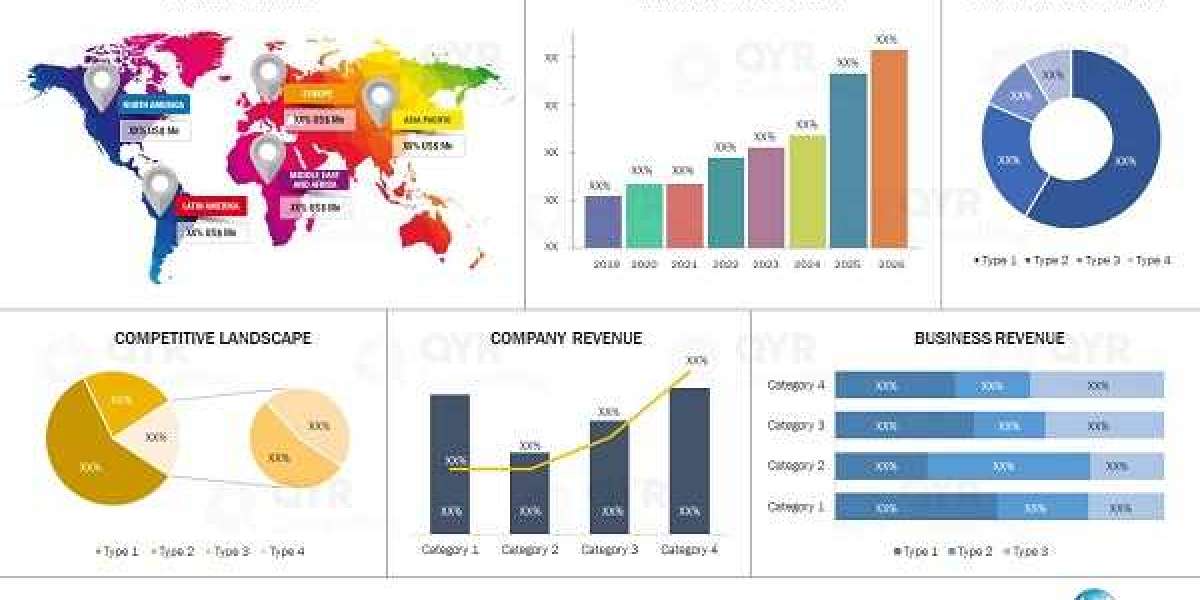
Understanding the Different Types of Bongs
Before we explore pricing strategies, it’s essential to understand the unique features of the various types of bongs available on the market.
Beaker Bongs
are named for their distinctive beaker-like shape, which provides a stable base and increased water capacity. This design allows for larger hits and smoother inhalation, making beaker bongs popular among seasoned cannabis users.
Key Features of Beaker Bongs:
Increased Water Filtration: The larger water chamber allows for better filtration of smoke, resulting in a cooler and smoother hit.
Stability: The broad base prevents tipping, making them ideal for use in various settings.
Variety of Designs: Beaker bongs come in a wide range of designs, colors and sizes, appealing to different consumer preferences.
Percolator Bongs
incorporate additional filtration systems, known as percolators, which further enhance the smoking experience. These bongs are designed to break down the smoke into smaller bubbles, increasing the surface area for cooling and filtration.
Key Features of Percolator Bongs:
Enhanced Filtration: The percolator system allows for smoother hits by filtering the smoke multiple times before it reaches the user.
Diverse Designs: Percolator bongs come in various styles, including tree percs, honeycomb percs and more, each offering unique aesthetic and functional benefits.
Improved Flavor: The additional filtration helps preserve the flavor of the cannabis, making for a more enjoyable smoking experience.
Silicone Bongs
are made from durable, flexible silicone material, making them a popular choice for users seeking portability and durability. These bongs are often unbreakable, making them ideal for travel or outdoor use.
Key Features of Silicone Bongs:
Durability: Silicone bongs are virtually indestructible, making them perfect for users who are prone to accidents.
Easy to Clean: Silicone is easy to clean and maintain, ensuring that users can keep their bongs in optimal condition.
Variety of Colors and Designs: Silicone bongs come in a wide array of colors and designs, appealing to users who enjoy personalization.
Factors Influencing the Pricing of Bongs
When it comes to pricing bongs, several factors come into play that retailers and manufacturers must consider to set competitive prices while ensuring profitability.
1. Material Quality
The materials used in the construction of bongs significantly impact their price. For instance, glass bongs, particularly high-quality borosilicate glass, tend to be more expensive due to their durability and aesthetic appeal. In contrast, silicone bongs are generally more affordable due to the lower cost of silicone compared to glass.
2. Design Complexity
The complexity of the bong design also affects pricing. Bongs with intricate percolator systems or unique artistic designs typically command higher prices. For example, a percolator bong with multiple percolators and a custom design may be priced significantly higher than a basic beaker bong.
3. Brand Reputation
Brand reputation plays a crucial role in pricing. Established brands with a history of quality and innovation can often charge premium prices for their products. Consumers are often willing to pay more for products from trusted brands, especially if they have a loyal following.
4. Market Demand
The demand for specific types of bongs can fluctuate based on trends and consumer preferences. For instance, if silicone bongs become particularly popular due to their portability, retailers may increase prices to reflect the higher demand. Conversely, if a specific style falls out of favor, prices may need to be adjusted downward to stimulate sales.
5. Production Costs
Production costs, including labor, materials and overhead, directly affect pricing. Manufacturers must consider these costs when setting prices to ensure they maintain profitability. For instance, bongs that require more labor-intensive production processes, such as hand-blown glass bongs, may be priced higher than mass-produced options.
6. Retail Markup
Retailers typically apply a markup to the wholesale price to cover operating expenses and ensure profitability. The markup percentage can vary based on the retailer's business model, target market and competition. Understanding the local market and consumer willingness to pay is essential for determining an appropriate markup.
Pricing Strategies for Bongs
With a clear understanding of the factors influencing bong pricing, retailers can implement effective pricing strategies to maximize sales and profitability.
1. Competitive Pricing
Competitive pricing involves setting prices based on the prices of similar products offered by competitors. Retailers should conduct market research to identify the price range for beaker bongs, percolator bongs and silicone bongs in their area. By positioning their prices within this range, retailers can attract price-sensitive consumers while remaining competitive.
2. Value-Based Pricing
Value-based pricing focuses on the perceived value of the product to the consumer rather than solely on production costs. Retailers should consider the unique features and benefits of their bongs when determining pricing. For example, if a particular percolator bong offers superior filtration and flavor, retailers can justify a higher price based on the added value it provides to consumers.
3. Tiered Pricing
Implementing a tiered pricing strategy allows retailers to offer products at various price points to cater to different consumer segments. For instance, a retailer could offer entry-level silicone bongs at a lower price while also providing premium glass beaker bongs and high-end percolator bongs at higher price points. This approach ensures that retailers can capture sales across a broader spectrum of consumers.
4. Seasonal Promotions and Discounts
Offering seasonal promotions and discounts can be an effective way to stimulate sales and attract new customers. Retailers can create special offers for holidays, product launches, or events, encouraging consumers to purchase bongs at a reduced price. This strategy can help clear out inventory and increase customer loyalty.
5. Bundling Products
Bundling bongs with complementary products, such as accessories like bowls, downstems, or cleaning supplies, can enhance perceived value and encourage consumers to make larger purchases. Retailers can offer bundled packages at a discounted price, making it more appealing for customers to buy multiple items.
6. Online Pricing Strategies
In the digital age, online pricing strategies are crucial for success. Retailers should consider implementing dynamic pricing, where prices are adjusted in real-time based on demand, competitor pricing and inventory levels. Additionally, offering free shipping on orders over a certain amount can incentivize consumers to purchase bongs online.
Conclusion
Pricing bongs, including beaker bongs, percolator bongs and silicone bongs, requires a nuanced understanding of various factors that influence consumer behavior and market dynamics. By considering material quality, design complexity, brand reputation, market demand, production costs and retail markup, retailers can develop effective pricing strategies to remain competitive in the cannabis accessory market.











